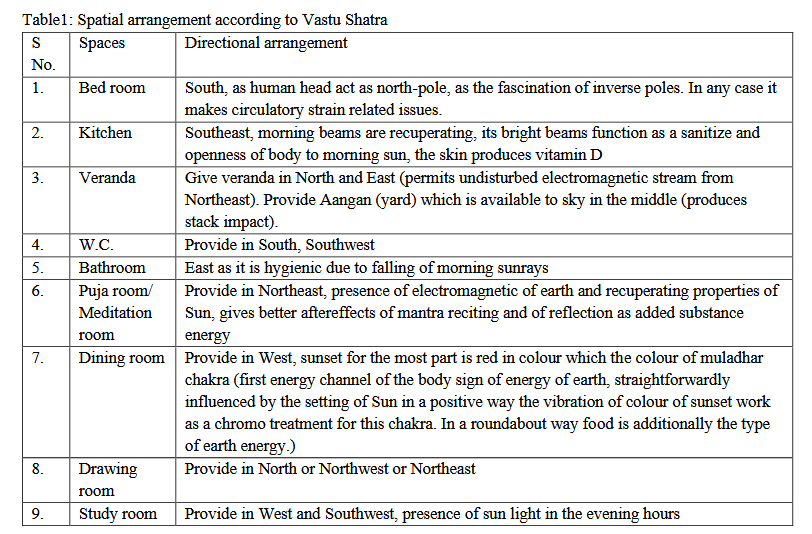Table of Contents
Let’s know “what is vastu?” and the science behind it.
Vastu Shastra, also known as Vastu, is an ancient Indian system of architecture and design that aims to create harmonious living spaces by promoting the flow of positive energy, or “prana.” It is based on the idea that the layout and design of a building can have a significant impact on the well-being and prosperity of its occupants.
Vastu is used in construction to guide the placement of various architectural elements, such as doors, windows, rooms, and furniture, in order to create a balanced and positive living environment. The principles of Vastu are based on the five elements of nature – earth, water, fire, air, and space – and the belief that each element has a specific energy that can be harnessed to create a harmonious living space.
The placement of doors and windows is an important aspect of Vastu. According to Vastu principles, doors should be placed in a way that allows for the flow of positive energy into the house. The main entrance should face the east or north direction, as this is believed to bring in positive energy and prosperity. Windows should also be placed in a way that allows for the flow of natural light and air, and the size and placement of windows should be chosen based on the specific needs of each room.
Vastu is also used to guide the layout of rooms and furniture within a house. Each room should be designed in a way that allows for the flow of positive energy and promotes a specific function, such as relaxation or productivity. The placement of furniture should also be chosen based on Vastu principles, with an emphasis on creating balance and harmony within each room.
Overall, Vastu is used in construction as a way to create a living space that promotes health, happiness, and prosperity. While some of its principles may not align with modern design and engineering practices, Vastu remains an important aspect of Indian architecture and design.

Is Vastu and sustainability engineering the same?
The answer is “No”. Vastu and sustainability engineering are not the same. Vastu is an ancient Indian system of architecture that aims to create harmonious living spaces by promoting the flow of positive energy, or “prana.” It focuses on the placement of various architectural elements, including doors and windows, to create a balanced and positive living environment.
On the other hand, sustainability engineering is a modern approach to building design that focuses on reducing the environmental impact of buildings. It involves the use of materials, techniques, and technologies that promote energy efficiency, reduce waste, and minimize the carbon footprint of a building. The goal is to create buildings that are environmentally sustainable and can function efficiently without causing harm to the planet.
While both Vastu and sustainability engineering aim to create harmonious and sustainable living spaces, they approach the goal from different angles. Vastu emphasizes the placement of elements to create a positive energy flow, while sustainability engineering focuses on reducing the environmental impact of the building’s design and operation.












